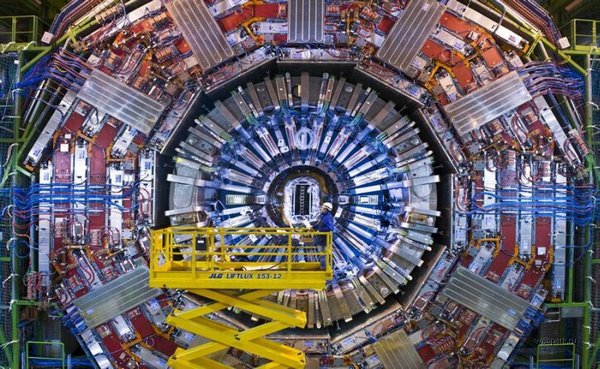
ЦЕРН планирует опять запустить Большой Адронный Коллайдер (БАК) уже на этих выходных, сообщает ТАСС. Работа самого знаменитого ускорителя частиц была приостановлена около двух лет назад для модернизации, а возобновление его работы планировалось несколькими неделями раньше — в конце марта 2015.
Основная цель модернизации БАК — увеличение энергии столкновения пучков протонов в ускорителе с 8 ТэВ до 13 ТэВ. По мнению ученых повышение энергии столкновения может дать им новый инструментарий в плане исследований и поможет совершить новые открытия.
Запуск БАКа был отложен из-за обнаруженного 21 марта короткого замыкания в одном из магнитов установки. 31 марта неполадка была окончательно устранена и коллайдер готов к запуску. Первые эксперименты по столкновению пучков частиц планировалось провести уже в мае, однако из-за поломки график работ может сдвинуться.
Глобально задержка на работу коллайдера не повлияет. Ученые планируют в течении 2015 года осваиваться с новыми мощностями установки, а в полную силу БАК начнет работу только в 2016-2018 годах после проведения всех необходимых тестов.


a5b
home.web.cern.ch/about/updates/2015/03/lhc-restart-back-track
home.web.cern.ch/about/updates/2015/04/large-hadron-collider-set-restart